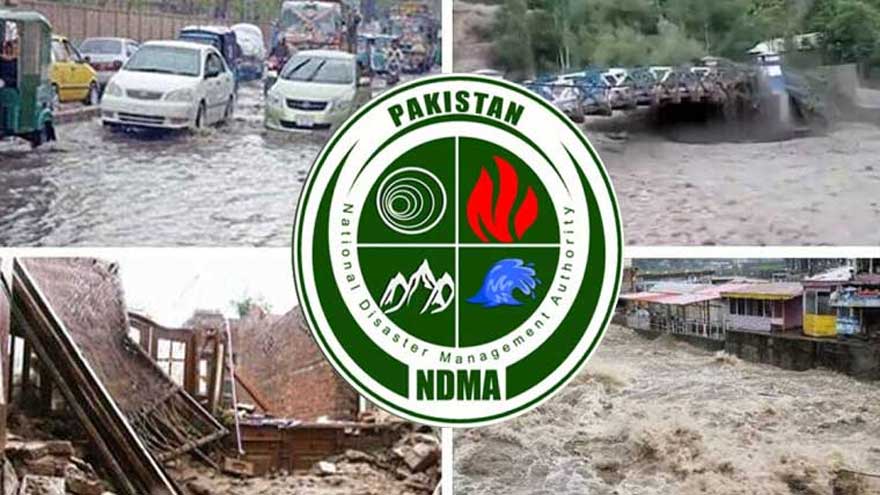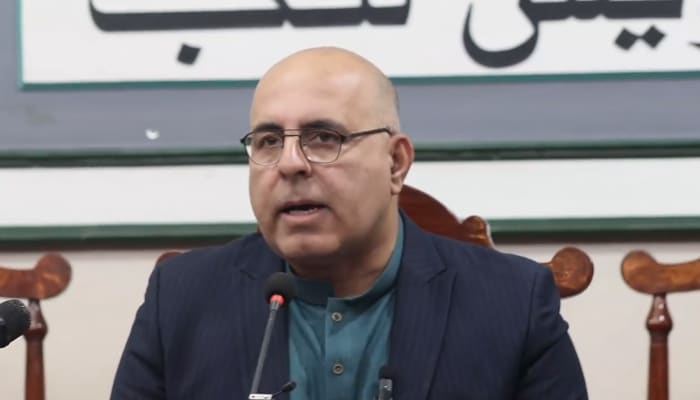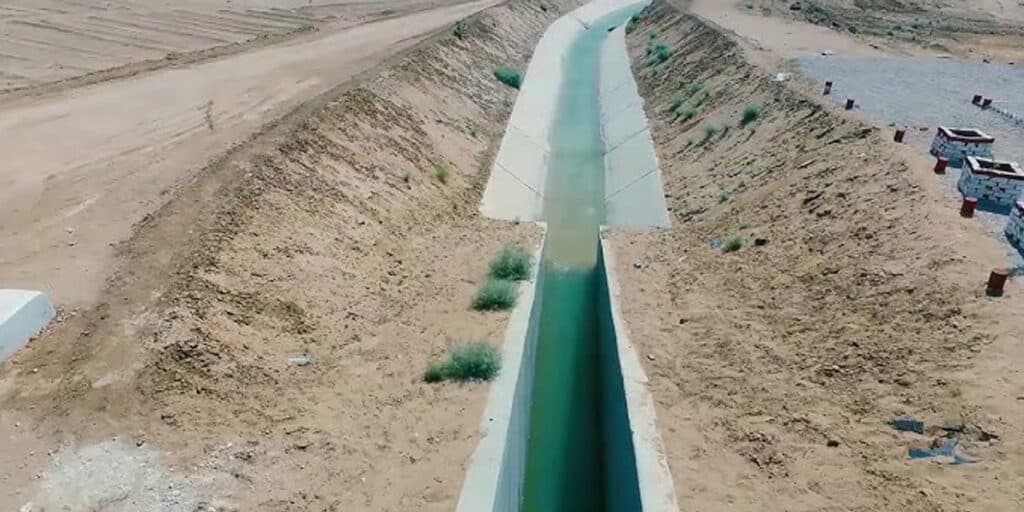ISLAMABAD: The National Disaster Management Authority (NDMA) National Emergencies Operation Center has predicted that a new westerly wave will enter Pakistan on Tuesday. This weather system may trigger heavy rainfall across the upper and central regions until August 10.
Major rivers are expected to see increased water flow. River Chenab at Marala, Khanki, and Qadirabad may reach medium to high flood levels. River Jhelum and its upstream tributaries near Mangla may also rise to high flood stages. River Kabul at Nowshera is likely to see low flooding, while Rivers Swat and Panjkora may swell to medium levels due to continuous rain in their catchments.
At present, Tarbela, Kalabagh, Chashma, Taunsa, and Guddu barrages remain at low flood levels. However, rising inflows and outflows may push them to medium flood stages.
In Gilgit-Baltistan, flows in Rivers Hunza and Shigar are increasing. Flash floods may occur in tributaries like Hispar, Khunjerab, Shimshal, Braldu, Hushe, and Saltoro.
In Balochistan, streams in Musakhel, Sherani, Zhob, and Sibi may overflow due to rainfall.
Tarbela Dam is now 90% full, and Mangla Dam has reached 60% storage. Water levels are expected to rise further.
NDMA has urged residents near rivers, streams, and nullahs to remain alert. Flash floods can occur, especially at night and during heavy rain.
Authorities advise the public to stay updated through official flood alerts via TV, radio, mobile notifications, and the Pak NDMA Disaster Alert app.
Vulnerable communities should prepare safe evacuation routes. People should keep emergency kits, dry food, drinking water, and essential medicines ready. Move livestock, vehicles, and valuables to higher ground.
Also Read: Balochistan emerging as global investment hub: Jamal Raisani
Urban areas, especially in northeast and central Punjab, must ensure dewatering pumps are ready for waterlogging. Avoid low bridges, flooded roads, and causeways. Just six inches of fast water can knock down an adult. A foot of water can carry away most vehicles.





